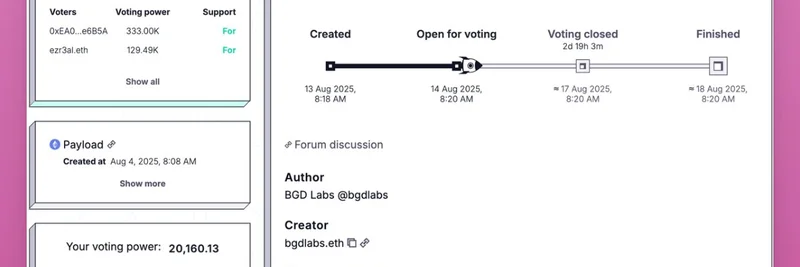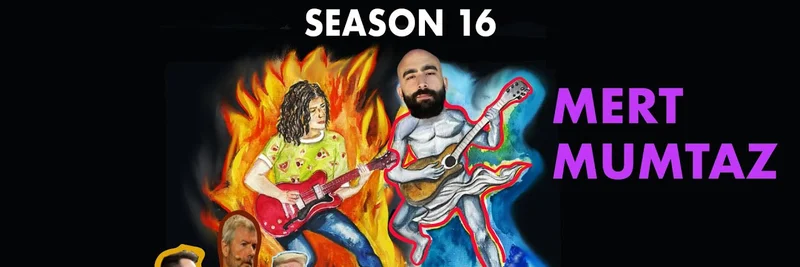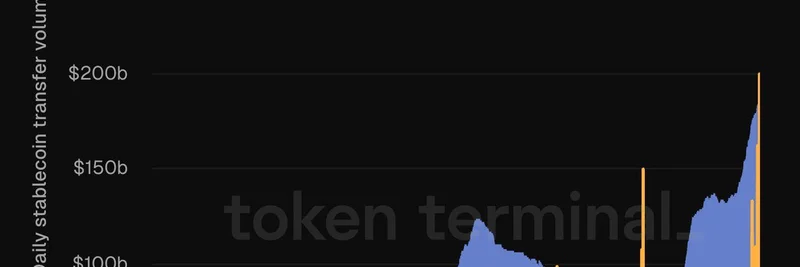Hey there, fellow crypto enthusiasts! If you've been keeping an eye on the DeFi space, you might have caught wind of a quirky "fire alarm" going off in the Aave community. Don't worry, it's not a real emergency—it's just a clever test run. Popular DeFi analyst Ignas, known on X as @DefiIgnas, recently highlighted this in a thread that's got everyone talking. Let's break it down step by step, shall we?
What's the Buzz About?
Ignas kicked off his thread with a playful alert: "Fire alarm: Just kidding." He's referring to a new governance proposal from Aave that's essentially a practice run—or as they call it, a "fire drill." The goal? To test voting directly on the Ethereum mainnet instead of relying on side networks like Polygon or Avalanche. This ensures that if those alternatives ever glitch out, Aave's decision-making process doesn't grind to a halt.
Aave, for those new to the scene, is a leading decentralized lending protocol where users can borrow and lend crypto assets without middlemen. Its governance system lets AAVE token holders vote on updates and changes, keeping the protocol evolving and secure.
Why a Fire Drill Now?
The proposal, crafted by BGD Labs, is all about preparedness. Aave's Governance v3 is built to leverage Ethereum's rock-solid security while offloading actual voting to cheaper networks like Polygon PoS and Avalanche C-Chain. This setup saves on gas fees—those pesky transaction costs on Ethereum. But what if Polygon or Avalanche faces downtime or issues? That's where this test comes in: simulating a vote on Ethereum to confirm everything works smoothly in a pinch.
As per the Aave governance forum, the motivation is clear: inherit Ethereum's core security without being fully dependent on peripheral systems. It's like checking your smoke detectors before a real fire—smart risk management in the volatile world of blockchain.
The Humorous Side: Burning Bubble Tea Money?
Ignas followed up with a light-hearted lament: "Oh no! My bubble tea money goes to burn ethhhh." He's joking about the gas fees incurred during this test vote on Ethereum, which is notoriously expensive compared to layer-2 solutions. But hey, better to spend a little now on assurance than face chaos later, right?
Community reactions in the thread echo this mix of seriousness and fun. Users praised the proactive approach, with one saying, "Better to burn a little ETH now than get rugged by a broken governance switch later." Others chimed in on the importance of robust systems in DeFi, where billions in value are at stake.
What Does This Mean for Meme Tokens and DeFi Users?
At Meme Insider, we're all about memes, but let's connect the dots: strong governance like Aave's can influence the broader ecosystem, including meme tokens that often rely on DeFi protocols for liquidity and lending. If Aave's systems falter, it could ripple out to affect trading, borrowing, or even the hype around viral tokens. This fire drill underscores the need for reliability in blockchain tech, helping practitioners like you stay ahead with solid, tested infrastructure.
Plus, in the meme world, we love a good joke—Ignas's thread turns a technical test into an engaging story, reminding us that crypto doesn't have to be all serious charts and whitepapers.
Wrapping It Up
Aave's fire drill is a textbook example of proactive DeFi maintenance. By testing the Ethereum voting machine, they're ensuring the protocol remains resilient. If you're an AAVE holder, head over to the Aave app to check out the proposal and cast your vote—it's live and passing with flying colors so far.
Stay tuned to Meme Insider for more insights on how DeFi moves impact the meme token landscape. Got thoughts on this? Drop them in the comments below! 🚀




